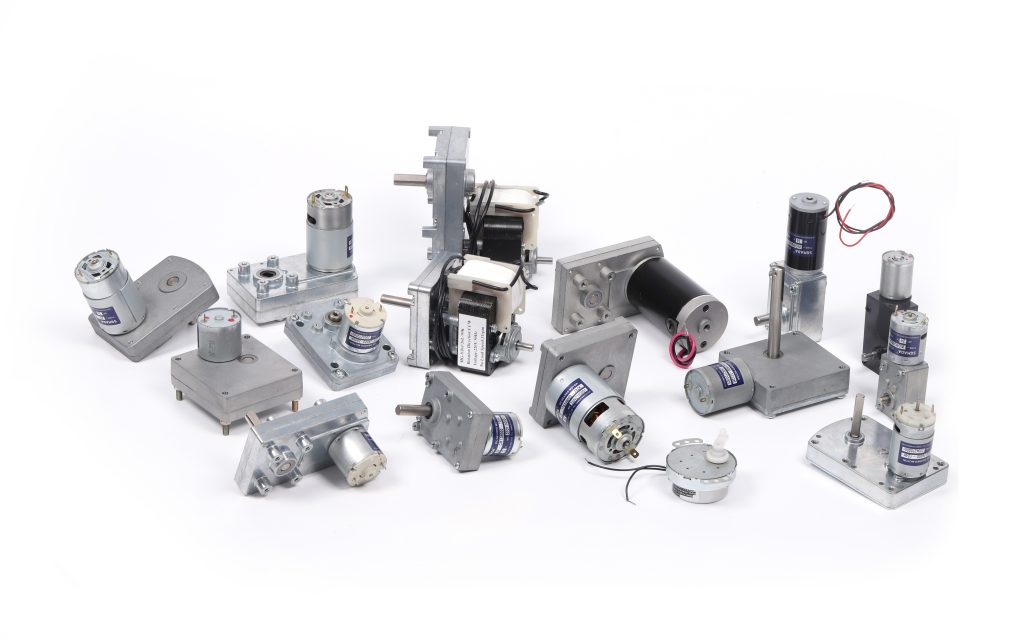Mobile:+86-311-808-126-83
Email:info@ydcastings.com
Exploring the Importance and Functionality of the DT466 Exhaust Manifold in Diesel Engines
Understanding the DT466 Exhaust Manifold
The DT466 is a robust diesel engine manufactured by International Harvester, known for its reliability and exceptional performance in various applications, including medium-duty trucks, school buses, and agricultural machinery. One of the critical components of the DT466 engine is the exhaust manifold, which plays a vital role in ensuring the engine operates efficiently and effectively.
What is an Exhaust Manifold?
An exhaust manifold is a vital component in an internal combustion engine, designed to collect exhaust gases from multiple cylinders and direct them into a single pipe that leads to the exhaust system. The manifold is typically made of cast iron or stainless steel to withstand high temperatures and corrosive environments. In the case of the DT466, the exhaust manifold must manage the high thermal load produced during the combustion process effectively.
Function of the Exhaust Manifold in the DT466
The primary function of the exhaust manifold in the DT466 engine is to channel the exhaust gases released during the combustion of fuel in the cylinder. After the air-fuel mixture ignites, the resulting gases must exit the engine in a controlled manner. The design of the manifold allows for the efficient passage of these gases, reducing back pressure, which is crucial for engine performance.
A well-designed exhaust manifold ensures that the gases flow smoothly, preventing turbulence that can lead to increased emissions and decreased power output. In heavy-duty applications, where the DT466 engine may operate under significant load conditions, the importance of a high-performance exhaust manifold cannot be overstated.
Common Issues with the DT466 Exhaust Manifold
While the DT466 is a durable engine, the exhaust manifold can experience various issues over time, primarily due to thermal expansion and the high-stress environments in which the engine operates
. Some common problems includedt466 exhaust manifold

1. Cracking Due to the high temperatures and cyclic stress, the manifold may develop cracks, leading to exhaust leaks. This can result in a decrease in engine efficiency and an increase in emissions.
2. Warping Extended exposure to high heat can cause the manifold to warp, leading to improper sealing at the head. This can also contribute to leaks and reduced performance.
3. Corrosion Especially in regions where road salts or other corrosive materials are prevalent, the manifold may corrode, which can further exacerbate leaks or failure.
4. Gasket Failure The gasket that seals the manifold to the engine block can wear out or fail, leading to similar issues as cracks and warping.
Maintenance and Inspection
To ensure the longevity and performance of the DT466 exhaust manifold, regular maintenance and inspections are essential. It is advisable for operators to
- Monitor for leaks Regularly inspect the exhaust system for signs of leaks, such as unusual noises or odor. - Check for cracks and corrosion Visually inspect the manifold for cracks and signs of rust or corrosion. - Replace gaskets as needed Gaskets should be replaced during routine maintenance or whenever the manifold is removed for any reason.
Conclusion
The exhaust manifold plays a crucial role in the performance and efficiency of the DT466 engine. Understanding its function, potential issues, and the importance of maintenance can help operators ensure their engines run smoothly and reliably. Investing time and resources into maintaining the exhaust manifold not only prolongs the life of the engine but also ensures optimal performance, reducing downtime and repair costs. Whether used in transportation, agriculture, or construction, a well-maintained DT466 engine with a functional exhaust manifold will provide the reliability and performance that operators depend on.
-
Why Is Choosing the Right Motor Housing Critical for Engine Performance?NewsJul.18,2025
-
Which Impeller Types Best Optimize Your Pump’s Efficiency?NewsJul.18,2025
-
Optimize Maintenance Efficiency with Durable Oil Catch SolutionsNewsJul.18,2025
-
Maximize Pump Performance with Precision-Engineered ComponentsNewsJul.18,2025
-
Elevate Industrial Flow Systems with Precision-Engineered ComponentsNewsJul.18,2025
-
Boost Durability and Functionality with Precision Power CastingsNewsJul.18,2025











